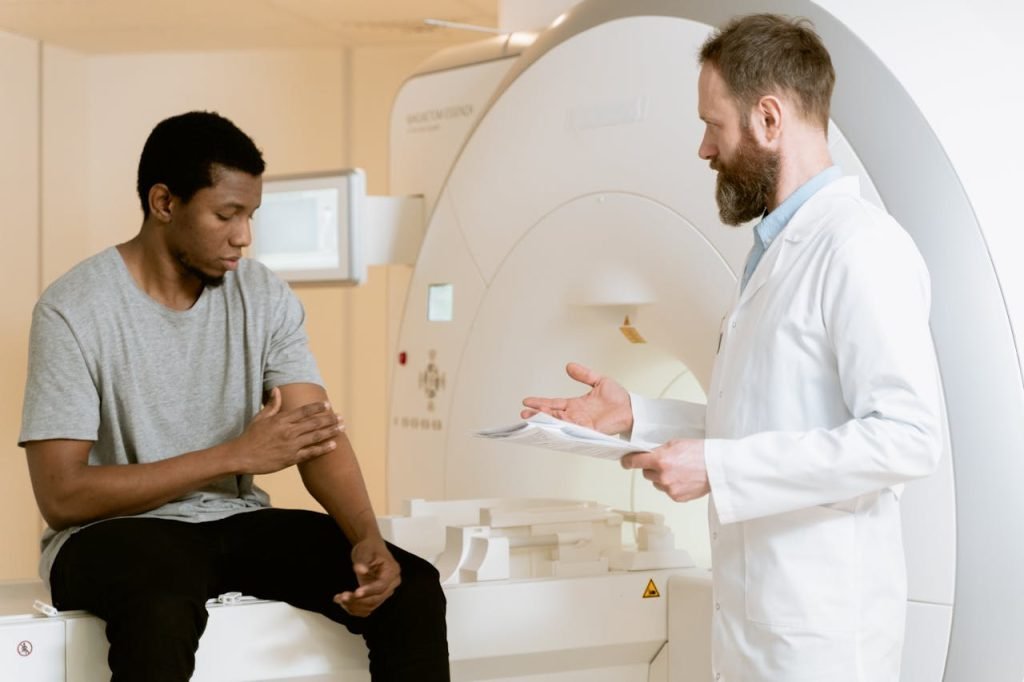In the realm of therapy, Electronic Medical Records (EMRs) have emerged as a tool, empowering therapists to manage records, streamline operations, and enhance the overall quality of care. However, not all EMRs are crafted alike. To truly boost your practice’s performance, it is essential to tailor your physical therapy EMR. This article will delve into the significance of customization and offer guidance on achieving optimal outcomes.
The Significance of Customization
Customizing your EMR for physical therapy entails more than inputting patient data and arranging appointments. It involves adapting the software to align with the requirements of your practice. Through customization, you can amplify productivity, elevate results, and enhance operational efficiency.
1. Improving Workflow Efficiency
The capability to customize your EMR’s workflows and templates based on your needs can profoundly enhance efficiency. By removing steps or fields specific to your practice, you can simplify documentation procedures and boost productivity among your team.
2. Advancing Clinical Decision Making
By implementing an EMR system, you can develop tailored templates that mirror practices in your field. These customized templates empower therapists to record vital assessment findings and treatment strategies. Furthermore, by incorporating evidence-based protocols into the template structure, healthcare providers can make informed decisions.
3. Enhancing Patient Engagement
A benefit of personalizing your physical therapy EMR system is the opportunity it offers for engagement. By customizing portals with exercises or educational materials tailored to specific conditions, you empower patients to actively participate in their recovery process.
Practical Suggestions for Customization
Now that we understand the importance of customization let’s explore some advice to help you optimize performance with your therapy EMR:
1. Evaluate Your Practice Needs
Before starting any customization initiatives, it’s crucial to assess your practice’s requirements. Identify any challenges or areas where streamlining workflows can improve efficiency. This not only ensures an approach to customization but also helps prioritize necessary enhancements.
2. Collaborate with Your EMR Provider
Communication with your EMR provider is essential for customization. Engage with their implementation team to discuss your practice’s needs and workflows, leveraging their expertise in implementing tailored solutions. Their knowledge of the software’s capabilities, combined with your understanding of practice requirements, will facilitate a partnership.
3. Simplify Documentation
In an EMR system, templates are essential for documentation. Customize these templates to suit your specialty’s requirements by removing fields or steps. Use features like menus or checkboxes to streamline data entry, reducing errors and saving time.
4. Integrate Outcome Measures
By incorporating outcome measures into your customized EMR, clinicians can better monitor progress and objectively assess treatment effectiveness. Select outcome measures relevant to your specialty and seamlessly include them in documentation practices to ensure assessments across your team.
5. Customize Alerts and Notifications
Enhance communication among staff members and improve patient care coordination by customizing alerts and notifications in your EMR system. Setting up alerts for actions or events necessary for treatment, such as medication renewals or referral requests, ensures timely follow-ups and reduces the chances of critical tasks being missed.
6. Provide Seamless Access
Consider offering patients access through user web-based portals or mobile apps directly linked to their EMR records. These portals boost engagement by allowing patients to easily schedule appointments, access educational materials, review home exercises, securely sign consent forms, and enhance convenience for all parties involved.
In Conclusion
“It is essential to personalize your physical therapy EMR to enhance productivity, clinical results, and patient involvement in your practice. By evaluating your practice’s needs, working closely with your EMR provider, streamlining documentation procedures, integrating outcome evaluations, customizing alerts and notifications, and ensuring access, customization can elevate your physical therapy practice to new levels of efficiency, effectiveness, and patient satisfaction. Remember, the key is to align your EMR with the demands of your practice and field of expertise. With a solution in place, you can transform the way you provide care and advance your practice significantly, ultimately leading to better outcomes and growth.”
Photo by MART PRODUCTION:













